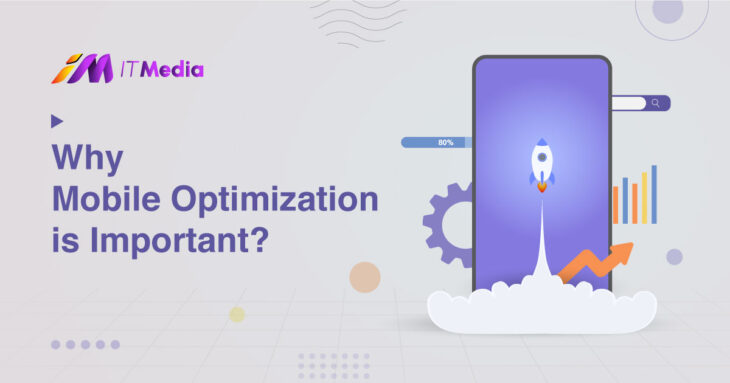
Sure! Here’s a continuation of the article:
- Benefits of Mobile Optimization for Businesses
- Increased reach and visibility through improved mobile presence
With a mobile-optimized website or application, businesses can expand their reach and improve their visibility among mobile users. This is particularly important since most internet users access the web through their smartphones. By catering to this demographic, businesses can increase their online presence and attract more potential customers.
Enhanced customer satisfaction leading to repeat business and positive reviews
When a website or app provides a seamless mobile experience, customers are more likely to engage with the brand, remain satisfied, and even leave positive reviews. Satisfied customers often become loyal customers, resulting in repeat business and positive word-of-mouth referrals. Positive reviews also contribute to building credibility and reputation, making it easier to acquire new customers.
Improved conversion rates and sales revenue
Optimizing for mobile devices directly impacts a company’s bottom line by increasing conversion rates and sales revenue. A well-designed mobile experience streamlines the purchasing process, reducing friction and encouraging customers to complete transactions. Studies show that mobile-friendly sites enjoy higher average order values and increased customer retention compared to non-mobile-friendly sites. By optimizing for mobile, businesses create an environment where customers feel comfortable completing transactions, ultimately contributing to increased revenue.
- Best Practices for Mobile Optimization
- Design considerations such as responsive design, adaptive layouts, and touch-friendly interfaces
Responsive design is critical for mobile optimization, allowing websites to dynamically adjust according to screen size and device type. Adaptive layouts ensure that content is easily accessible and displayed properly on varying devices. Touch-friendly interfaces facilitate effortless navigation, employing features like tap targets, swipe gestures, and pinch zooming. These design considerations combine to create an intuitive, user-friendly interface that caters to diverse mobile devices.
- Content strategies including concise copy and easy-to-read font sizes
Effective mobile optimization involves minimizing page clutter and utilizing clear, legible typography. Concise copy helps visitors rapidly comprehend the material, while simple fonts enable trouble-free reading without excessive zooming or squinting. Employing suitable font dimensions guarantees readability irrespective of display quality or available light.
- Load time optimization techniques like image compression and caching
Page speed significantly influences user experience and search engine ranks. Techniques like image compression and caching can substantially enhance load times. Image compression reduces file sizes without compromising visual integrity, whereas caching stores frequently accessed data, decreasing the time required to access a webpage. Utilizing these methods enables a smoother user experience and heightened search engine exposure.
Tools and Resources for Mobile Optimization
- Overview of popular website testing tools for checking mobile compatibility
Numerous resources exist for evaluating and refining mobile experiences. Some prominent website testing tools include Google PageSpeed Insights, WebPageTest, and TestMySite. These instruments aid in determining areas requiring improvement and assist in optimizing websites for enhanced performance and user experience.
- Recommendations for mobile analytics platforms and A/B testing software
Analytics programs like Google Analytics or Adobe Analytics allow monitoring of visitor behavior patterns, identification of trends, and analysis of mobile performance indicators. A/B testing software such as VWO or Unbounce facilitates experimentation with multiple variations to determine which approach works best for specific audiences. Leveraging these technologies enables organizations to measure advancements, diagnose concerns promptly, and continually perfect their mobile offering based on factual insights rather than presumptions.
Conclusion
In conclusion, mobile optimization is no longer an optional feature but a necessity for businesses aiming to succeed in today’s digital landscape. By focusing on improving user experience, enhancing search engine rankings, maximizing social media marketing potential, and increasing reach, visibility, customer satisfaction, and sales revenue, companies can reap significant benefits from mobile optimization.
To ensure optimal results, following best practices such as designing responsively, creating touch-friendly interfaces, using concise copy and readable font sizes, compressing images, and implementing caching techniques are essential. Additionally, utilizing various website testing tools, mobile analytics platforms, and A/B testing software will help monitor progress and make data-driven decisions.
By prioritizing mobile optimization, businesses not only meet evolving consumer expectations but also stay competitive within their